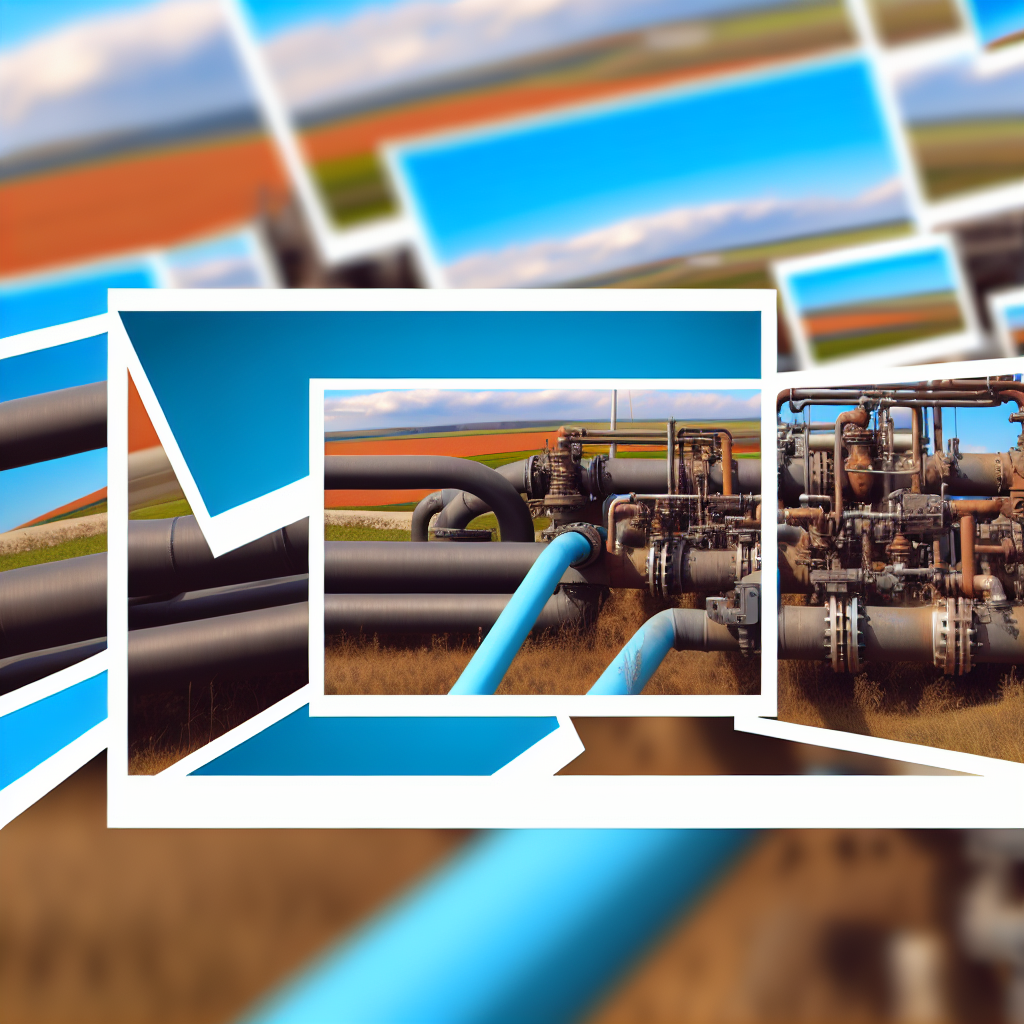The recent merger between the Central Data Exchange (CDE) and the Department of Water Supply and Sewerage Services (DWSS) announced on June 10 marks a significant milestone in streamlining public utility management. This integration aims to improve efficiency, service delivery, and data management across water and sewerage sectors. In the following sections, we will explore the implications of this merger and its potential benefits for stakeholders.
Enhanced Data Management and Operational Efficiency
The merger between CDE and DWSS is primarily designed to create a unified platform that centralizes data management and operational processes. Previously, both entities operated independently, leading to fragmented data sets, duplicated efforts, and delays in decision-making. By integrating their systems, the new entity can leverage a comprehensive database that provides real-time insights into water supply and sewerage infrastructure.
This consolidation not only reduces administrative redundancies but also facilitates better resource allocation. For instance, maintenance requests, billing, and customer service inquiries can be streamlined through a shared digital platform, significantly reducing response times and improving service quality. The integration of data analytics tools also enables predictive maintenance and proactive infrastructure planning, ultimately leading to cost savings and enhanced service reliability.
Moreover, the unified system promotes transparency and accountability. Stakeholders—from government agencies to consumers—will benefit from easy access to accurate, up-to-date information, enabling more informed decision-making and fostering trust in public utilities.
Strategic Benefits and Future Outlook
This merger does not merely address operational efficiencies; it strategically positions the combined entity to meet future challenges. Climate change, urbanization, and increasing water demand require innovative and resilient infrastructure solutions. By consolidating resources and expertise, the CDE and DWSS can better plan for sustainable water management and sewerage services.
Furthermore, the integration opens avenues for technological advancements, such as smart water management systems, IoT-enabled sensors, and automated monitoring. These innovations will enhance the capacity to detect leaks, monitor water quality, and optimize distribution networks, thereby reducing environmental impact and improving public health.
Looking ahead, the success of this merger will depend on effective implementation, stakeholder engagement, and continuous technological upgrades. The collaborative framework established aims to foster a culture of innovation and adaptability, ensuring long-term benefits for both the government and the citizens it serves.
In summary, the CDE and DWSS merger signifies a transformative step towards modernizing water and sewerage services through integrated data systems and innovative strategies. By consolidating resources and leveraging technology, this move promises improved efficiency, transparency, and sustainability—benefiting communities today and in the future. Stakeholders should stay engaged and adaptive to maximize these advantages.
